This is a finished project, which is kind of obsolete according to the pamOS thing. Object to modify is the Abacus Wirst PDA. I got some of those when they were allready discontiued and while the battery life time was poor from the beginning (more than a day was unlikely, when constantla displaying the time aka display always on), most of the devices arrived with nearls dead batteries anyway, because of several month of laying around.
So for now the interesting part of this is mainly the way build the modification of the case. To make the new battery fit into the watch and still have a closed thing, I had to build a entierly new back plane / case for ir.
This was a really challenging work, with a lot of try and even more errors. Finding batteries that fit was "only "tedious", but getting a really working and good looking case was really hard. I had quite some experience using resin and fiber reinforment, but doing it in this little scale gave me some new problems to solve.
I hope this will be helpfull for others solving similar problems.
I'll do the iteration steps to the final result in the logs (as I remember them) and finally I#ll do my best to do a "how it should work with none or at least few errors" in the instruction part
 mclien
mclien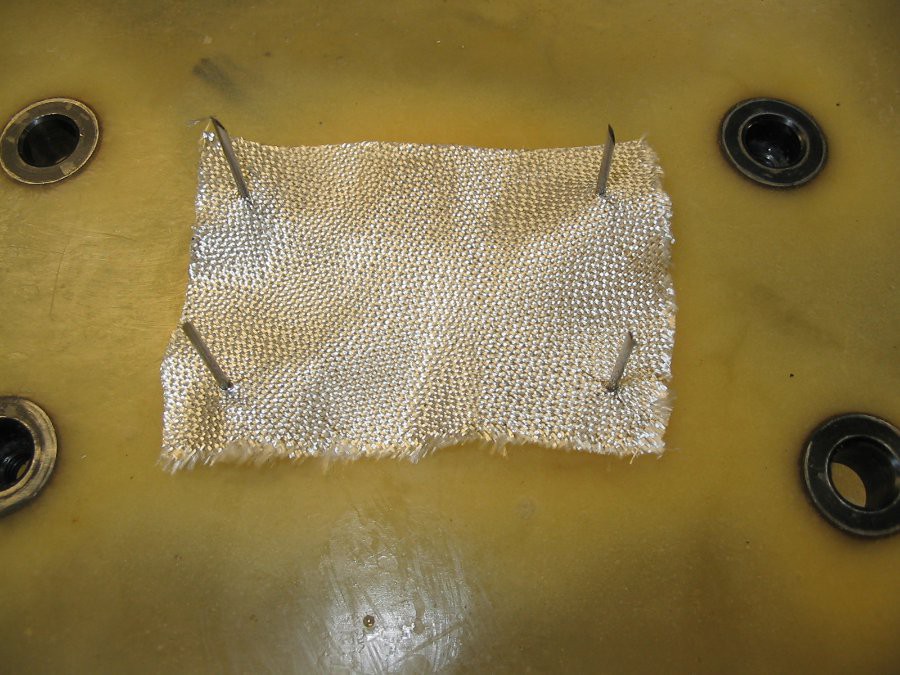
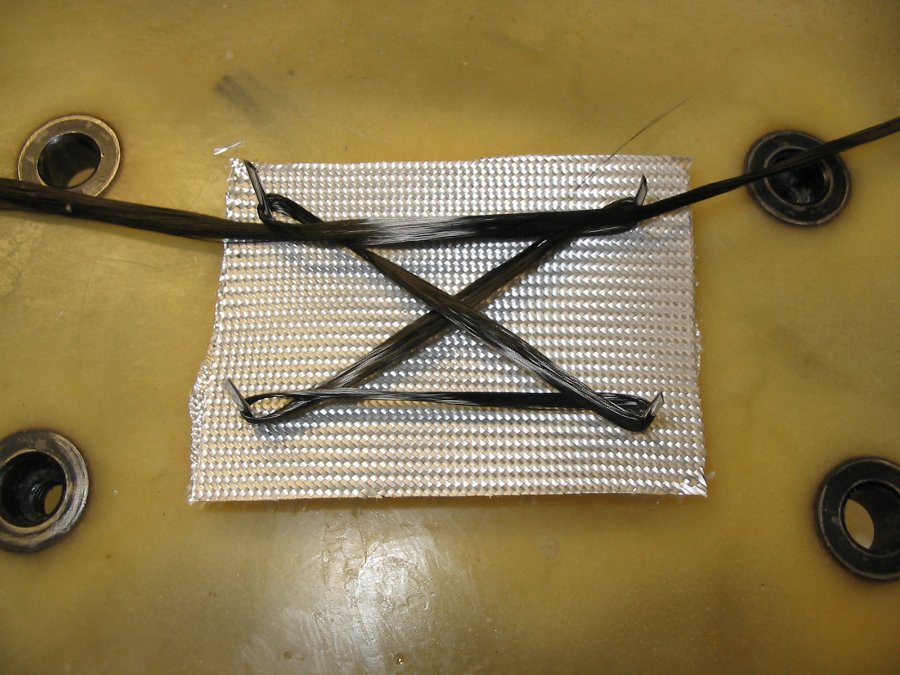
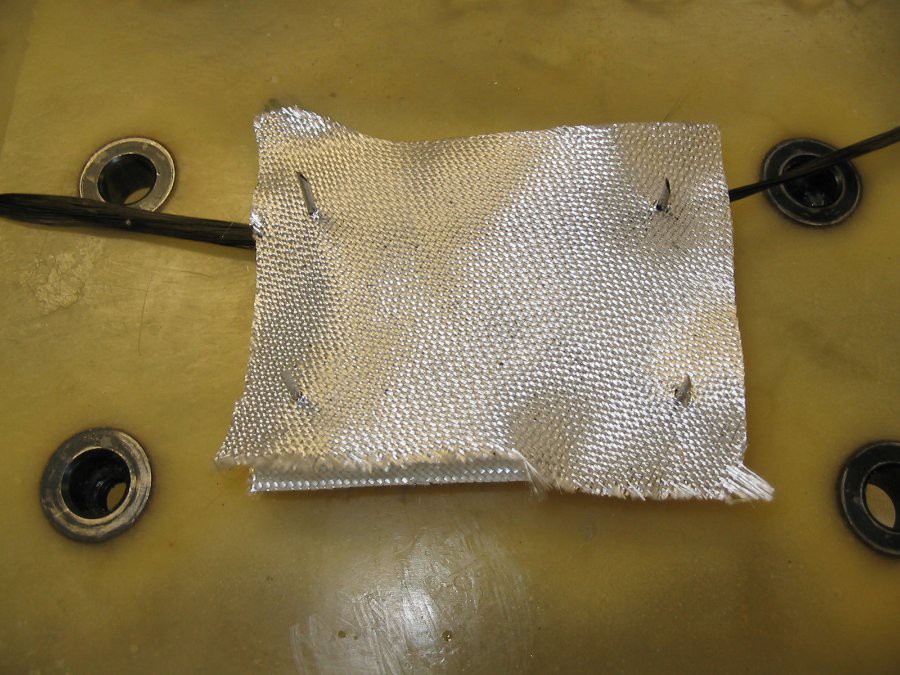
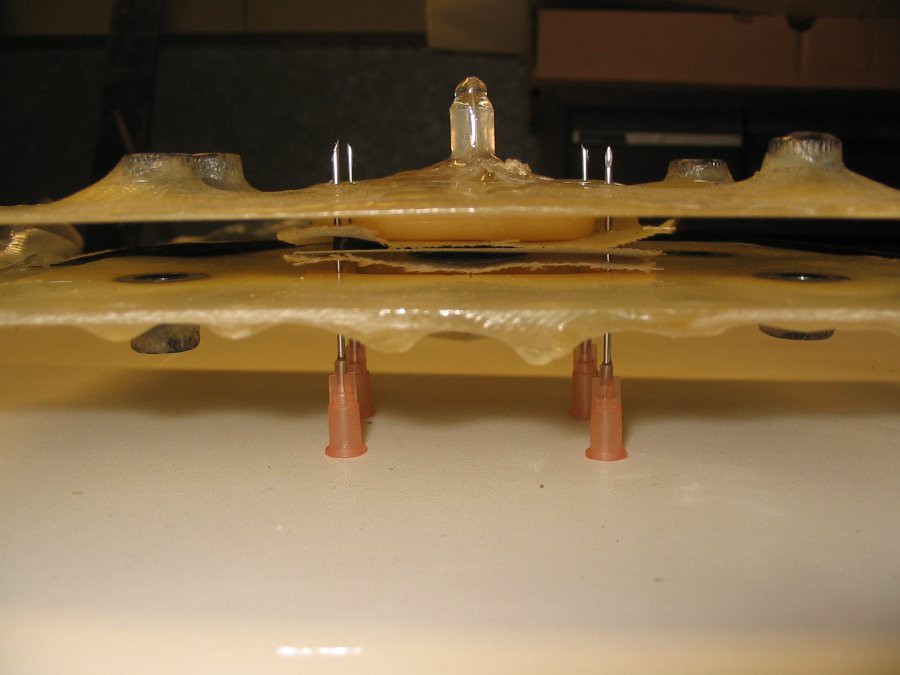
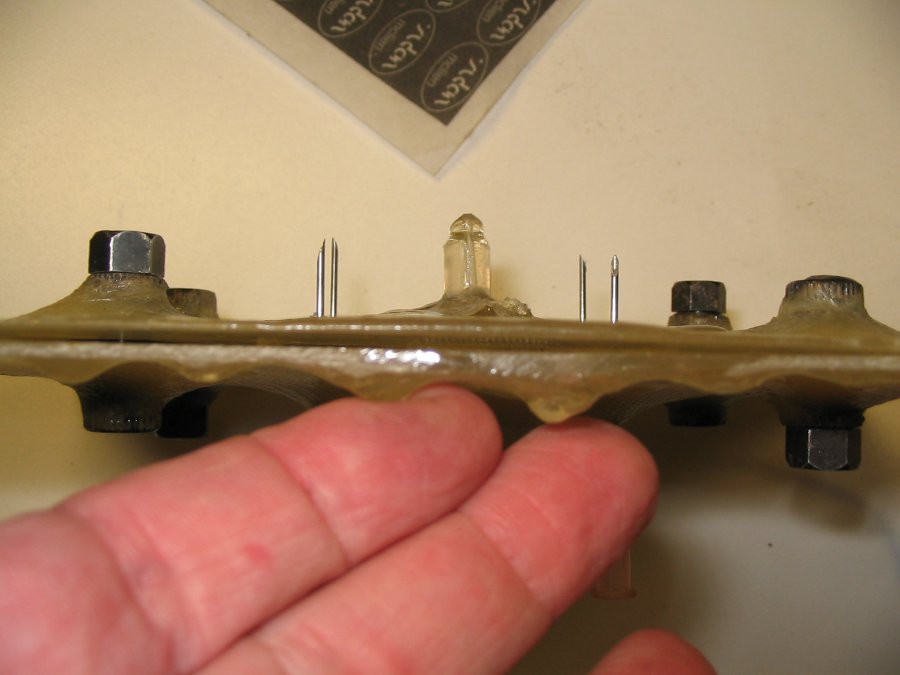
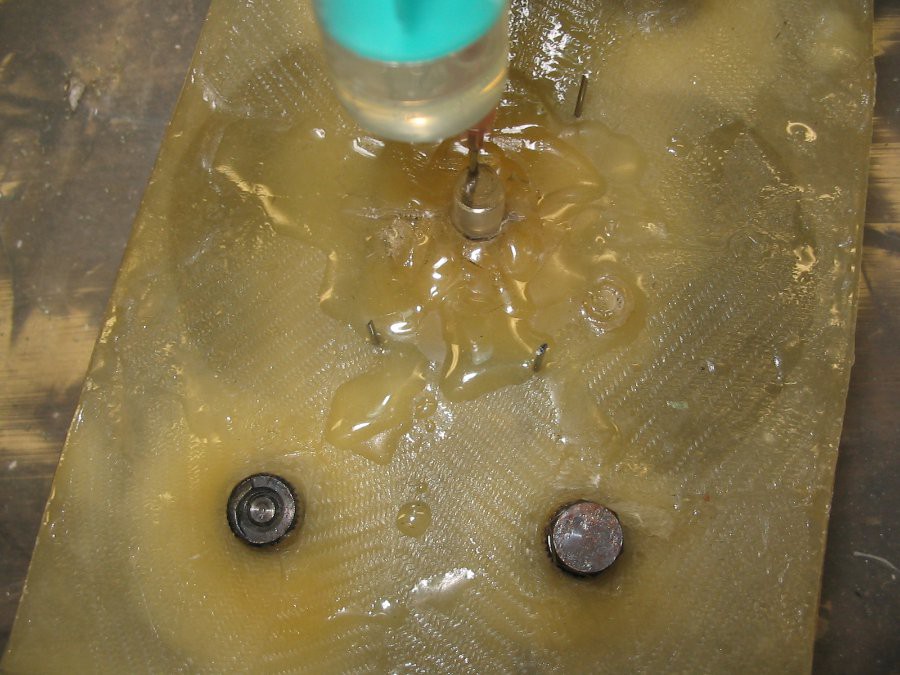
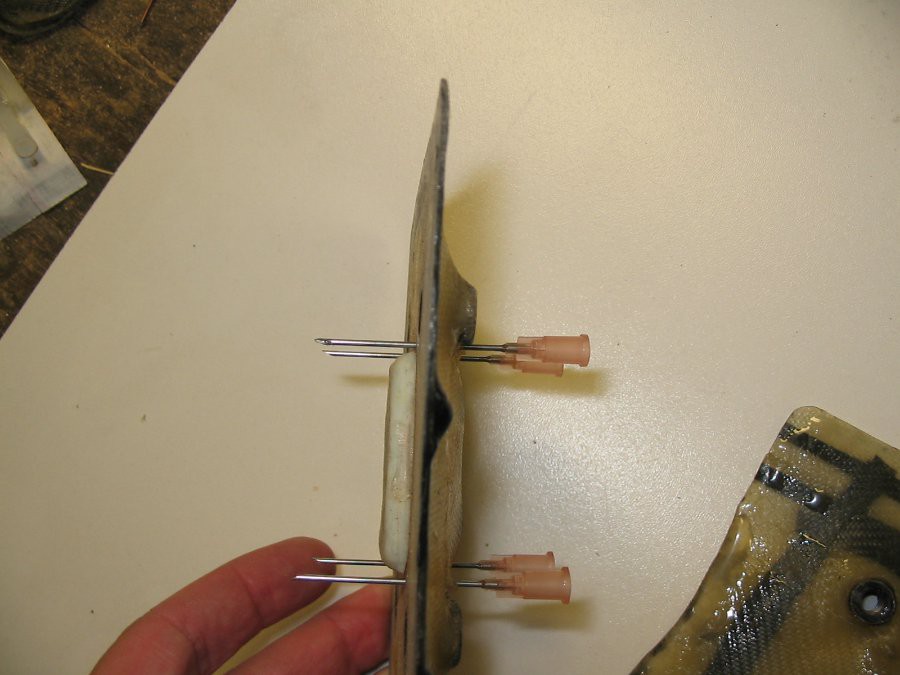

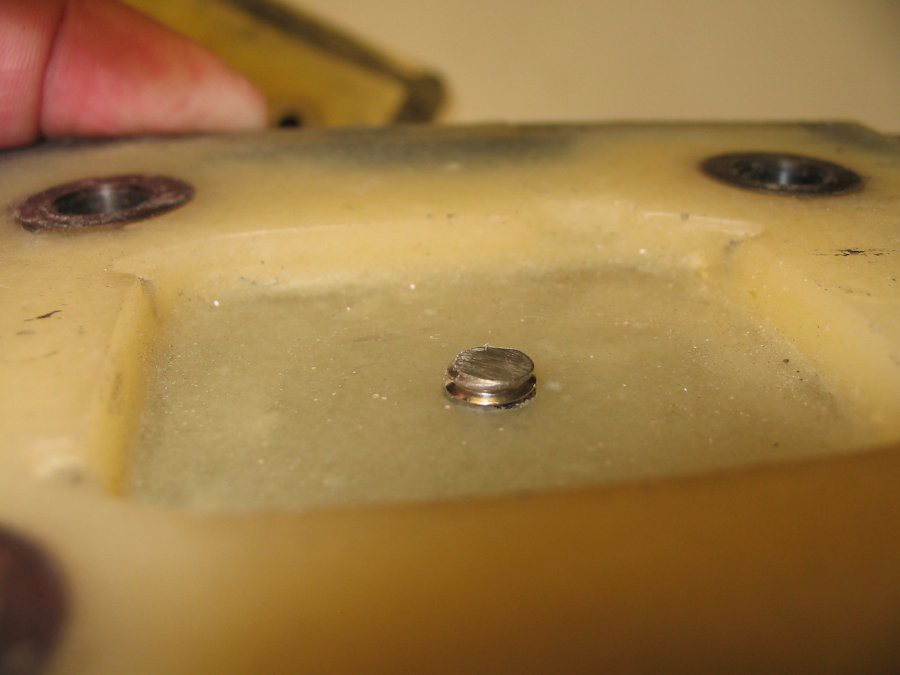


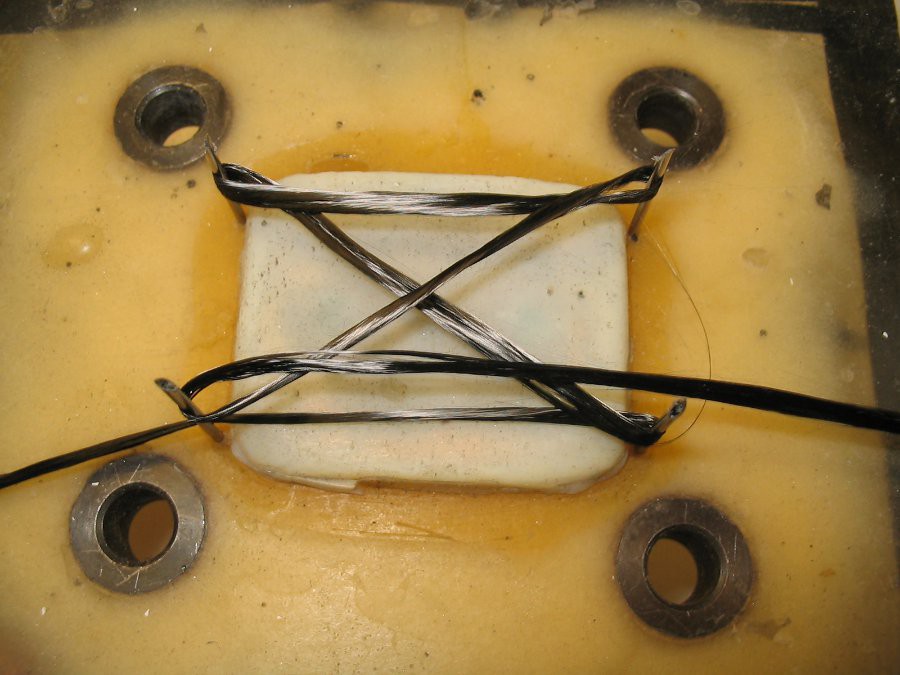
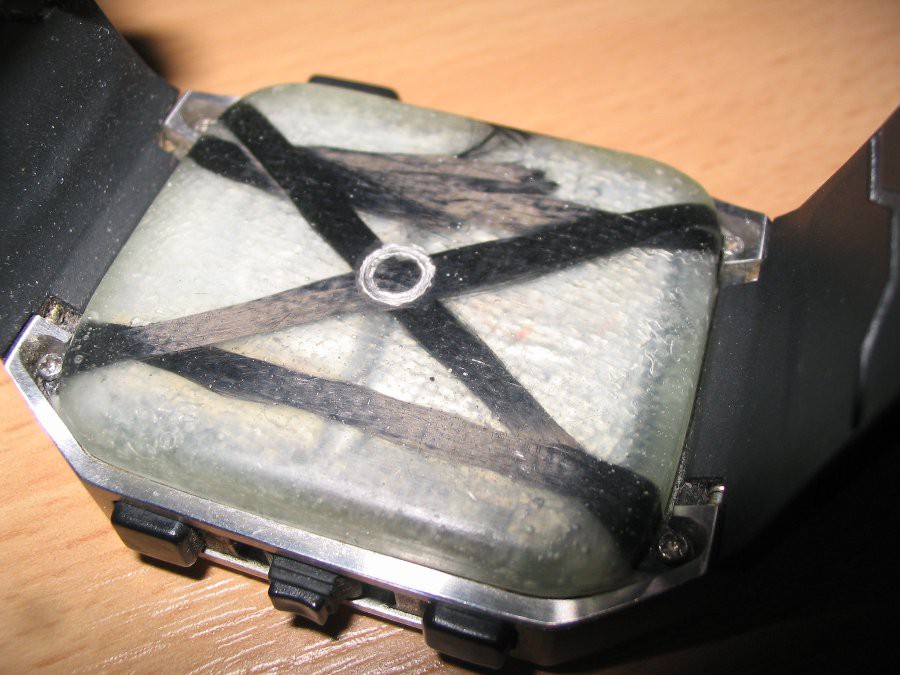
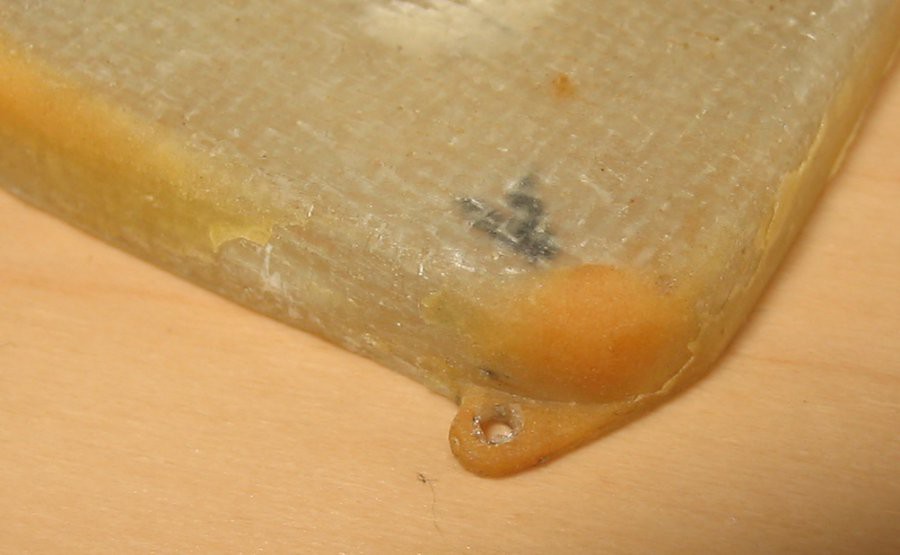
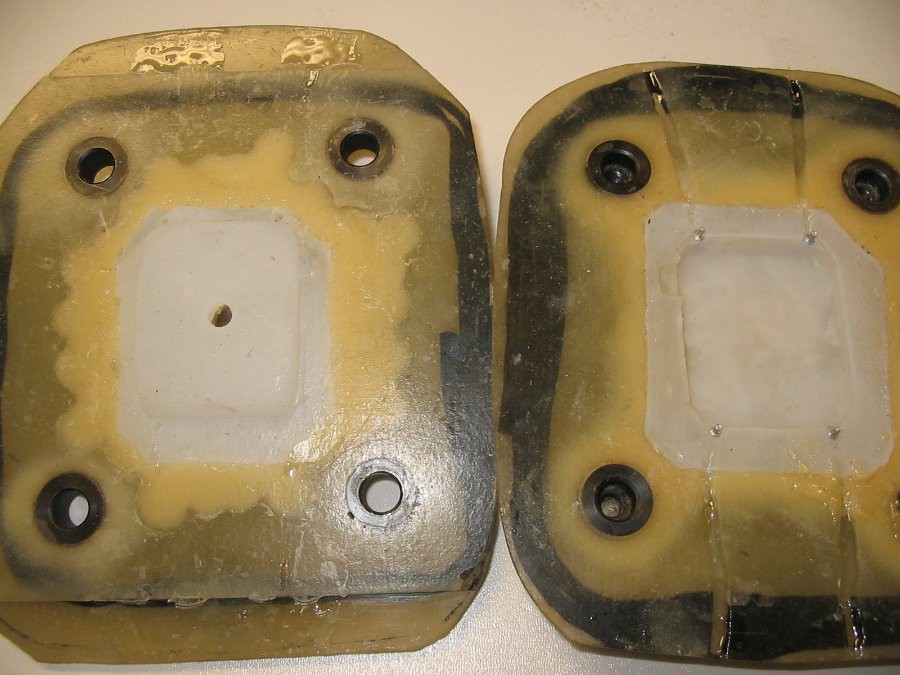
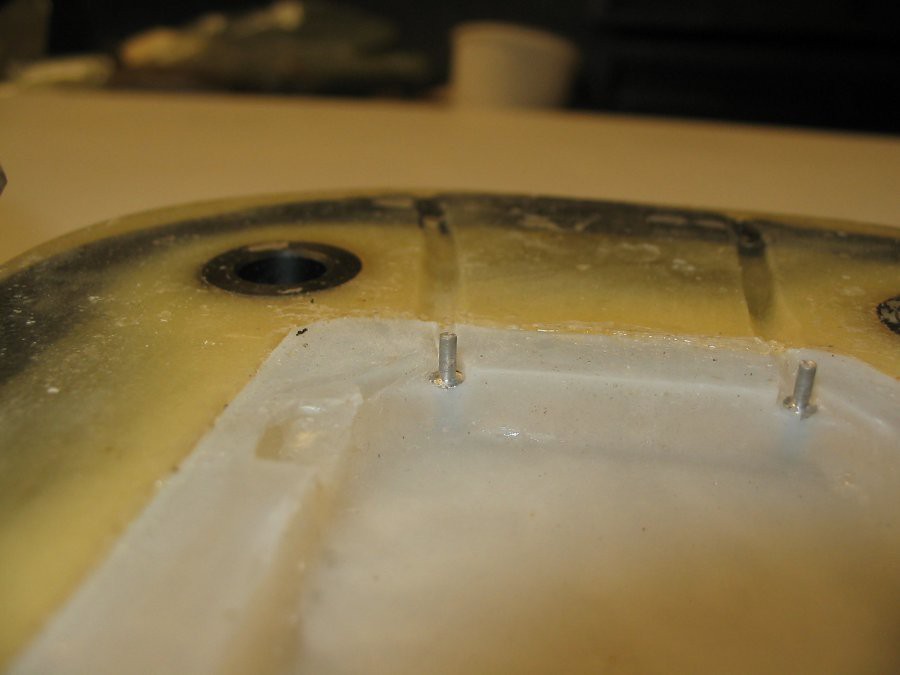
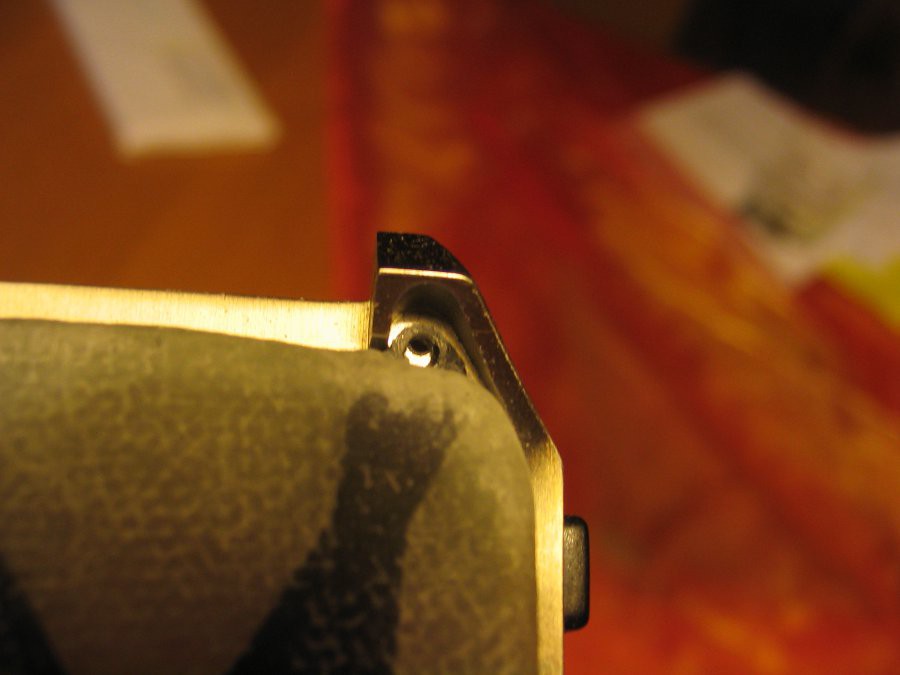
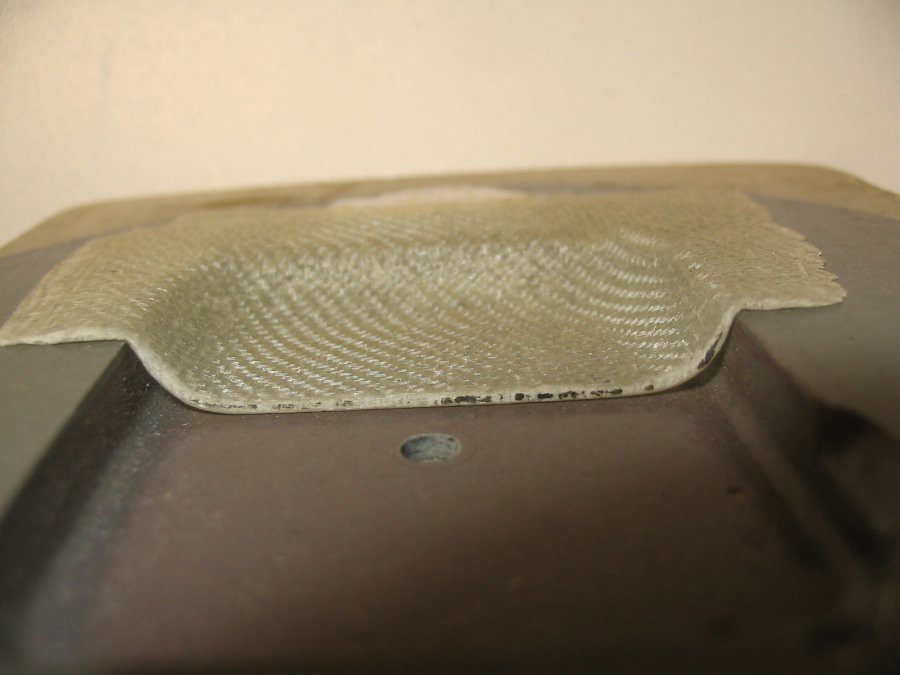
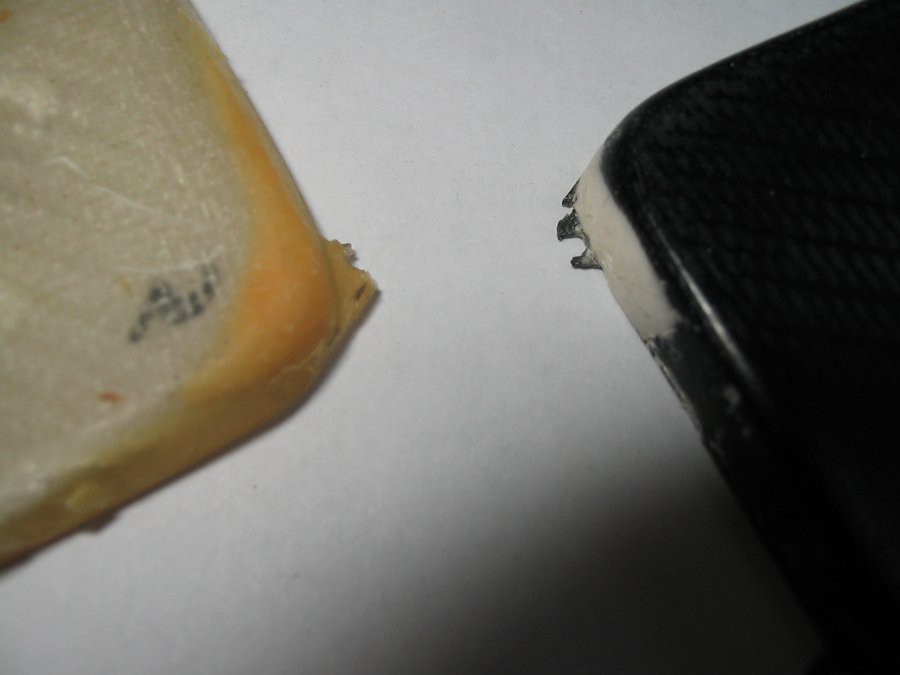
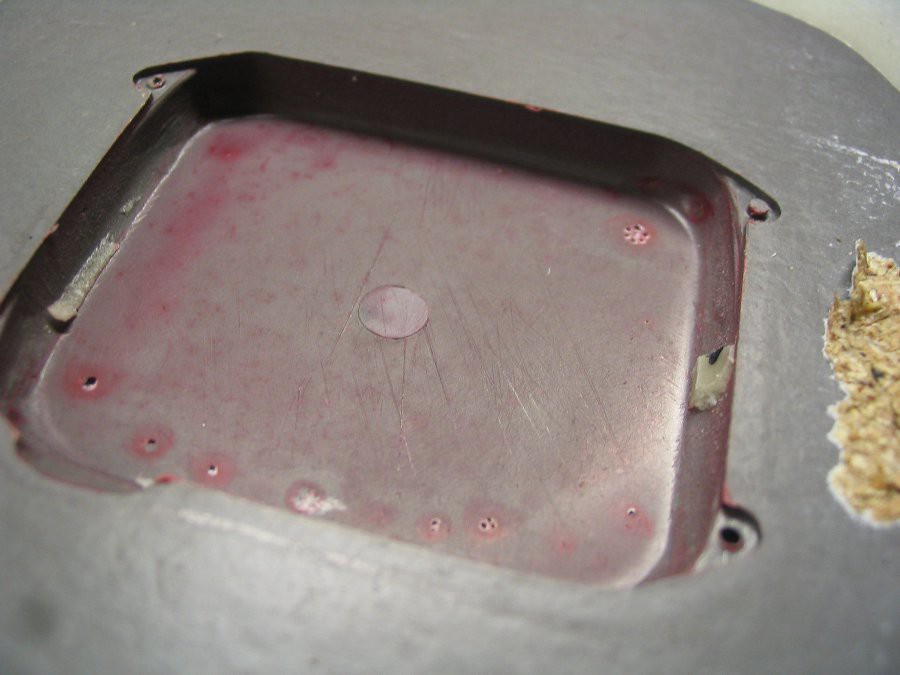
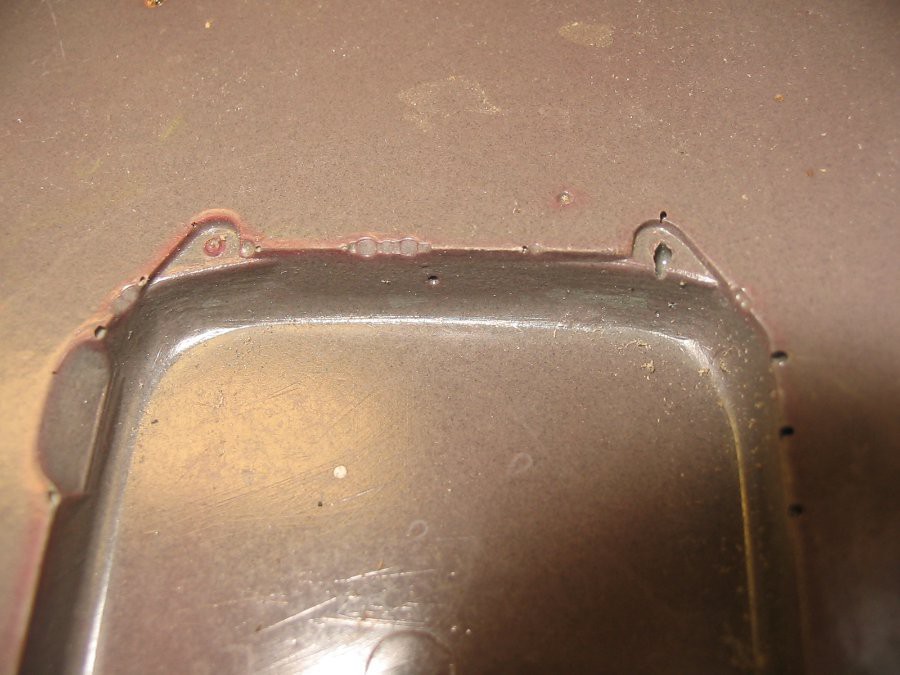
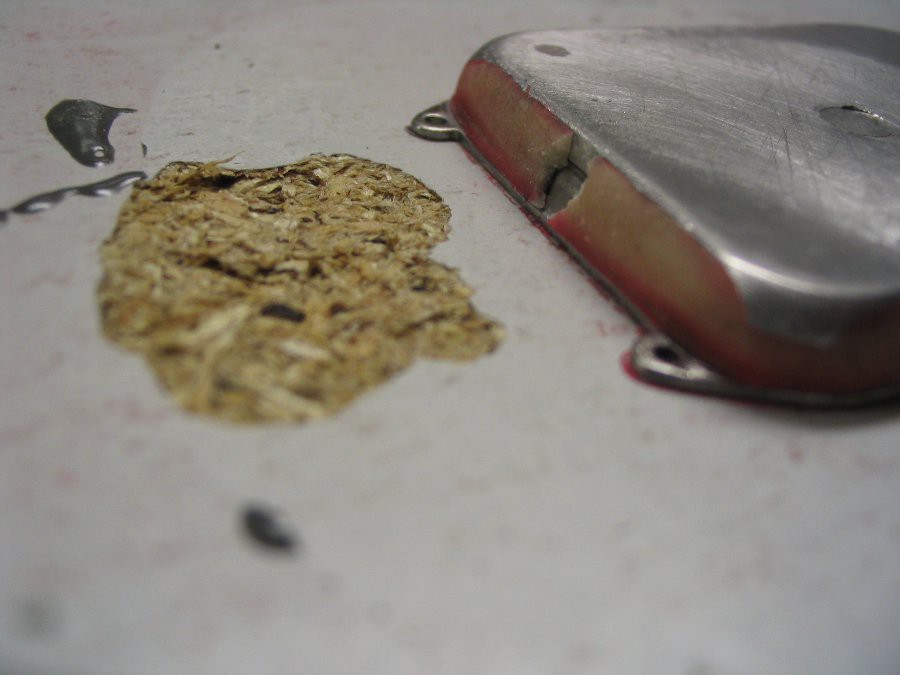
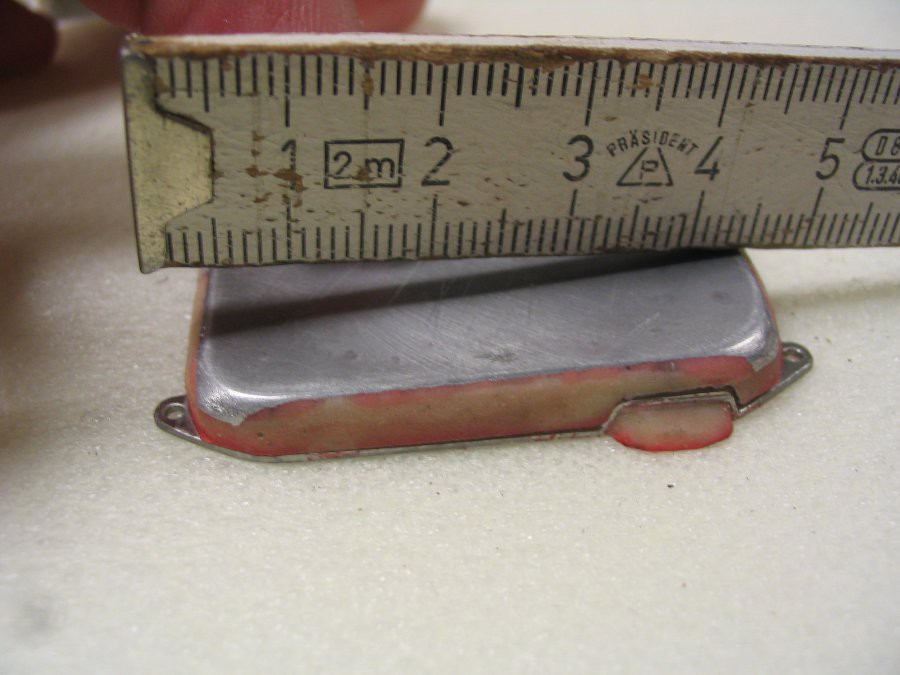
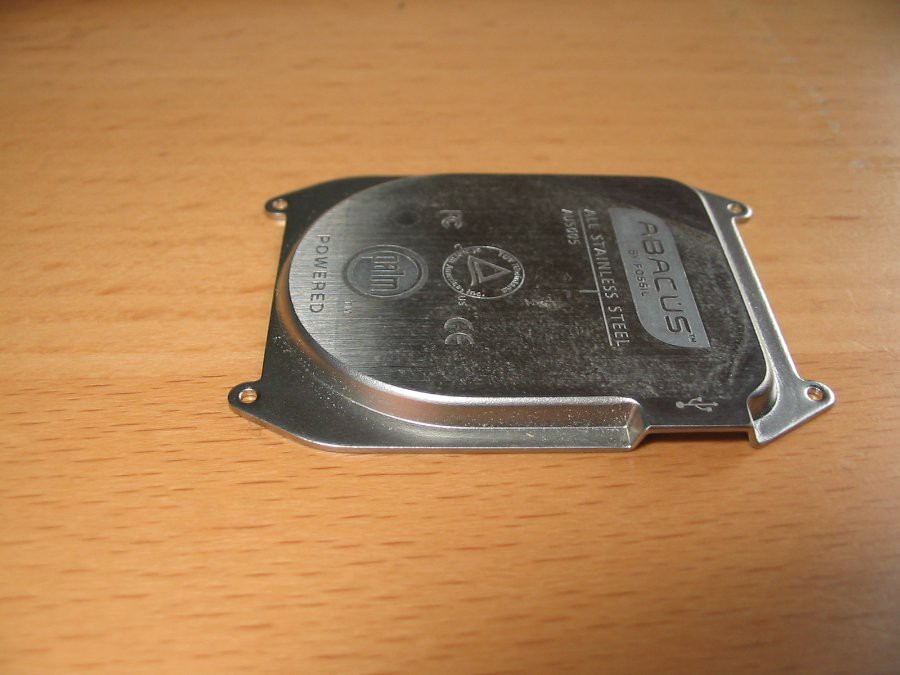
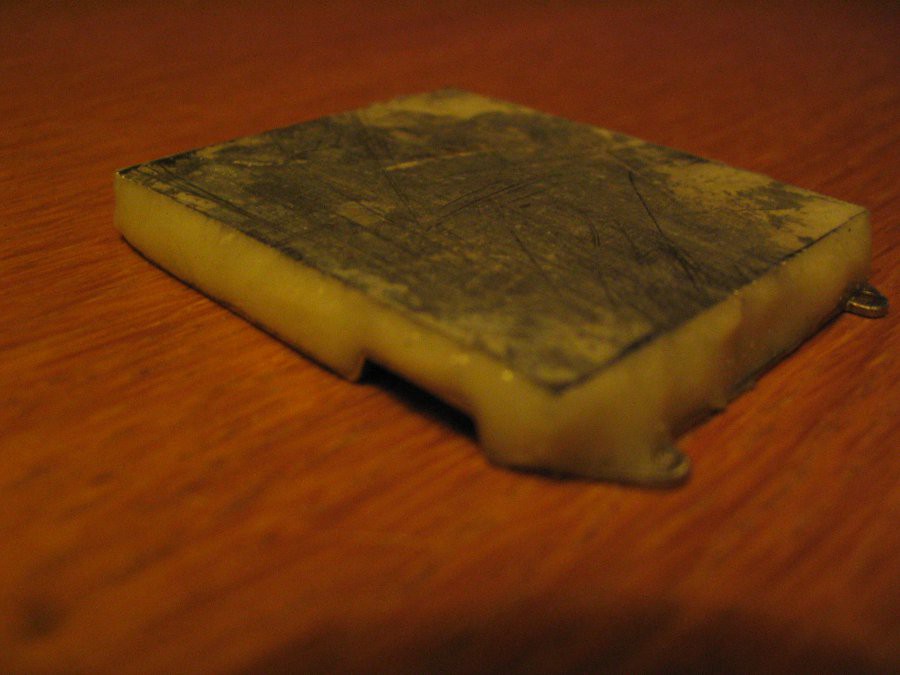

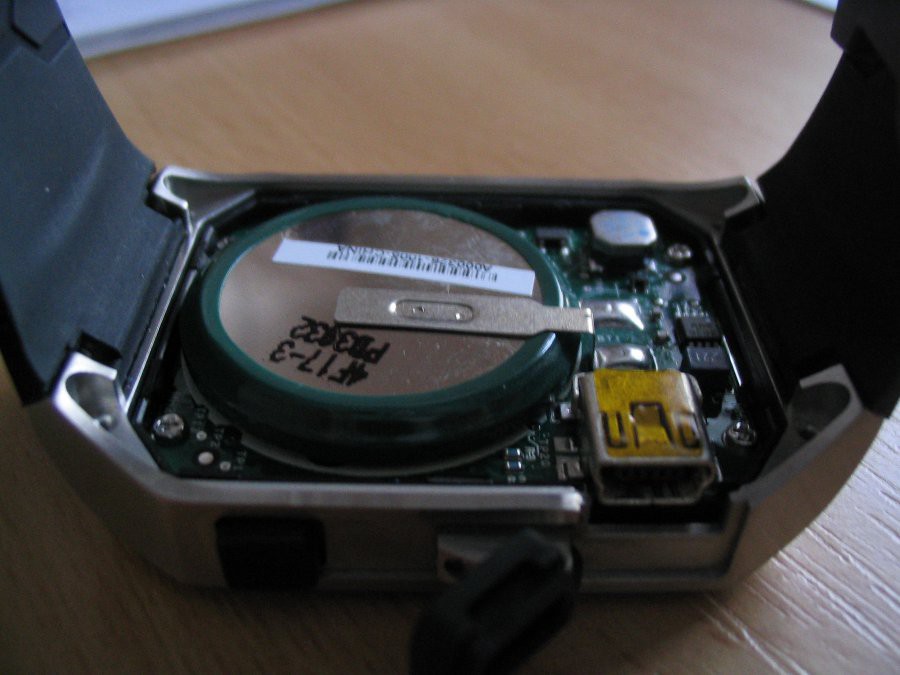

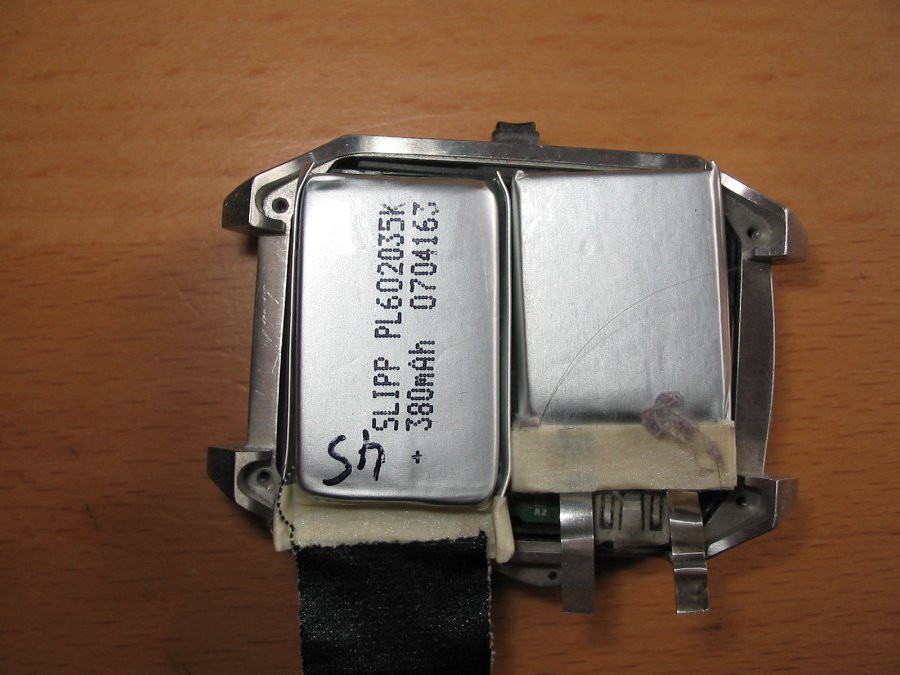
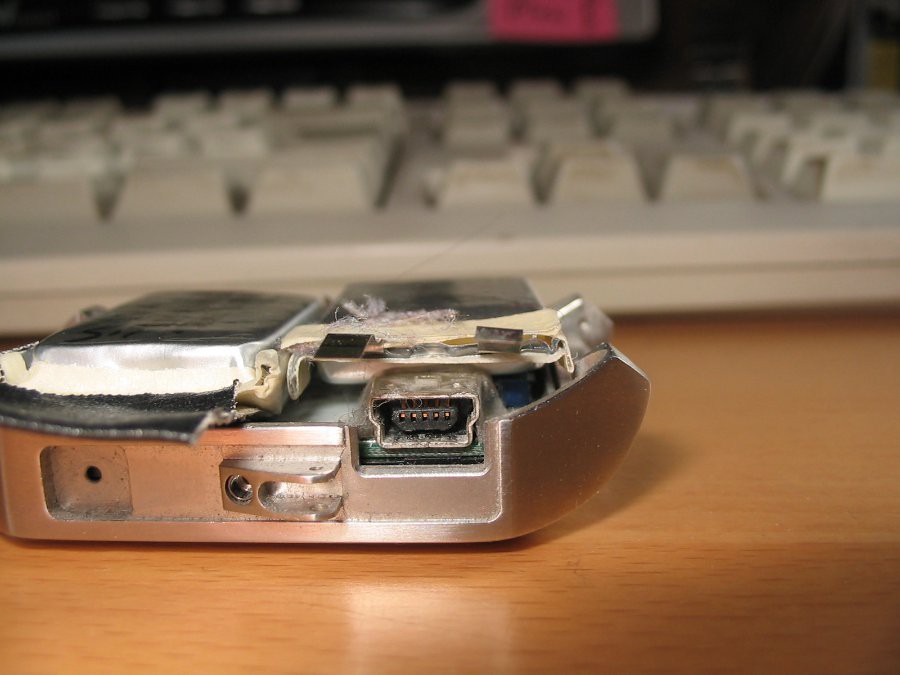




 DevLab.nrw
DevLab.nrw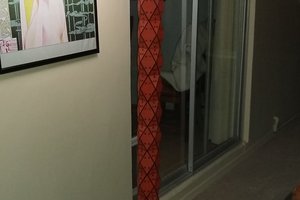
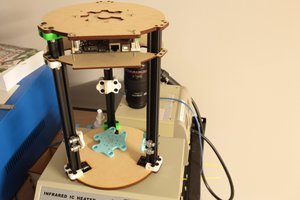
 greg davill
greg davill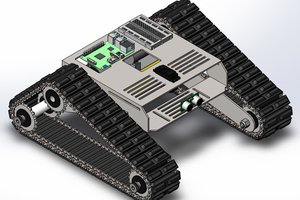
 jupdyke
jupdyke
What battery did you use?